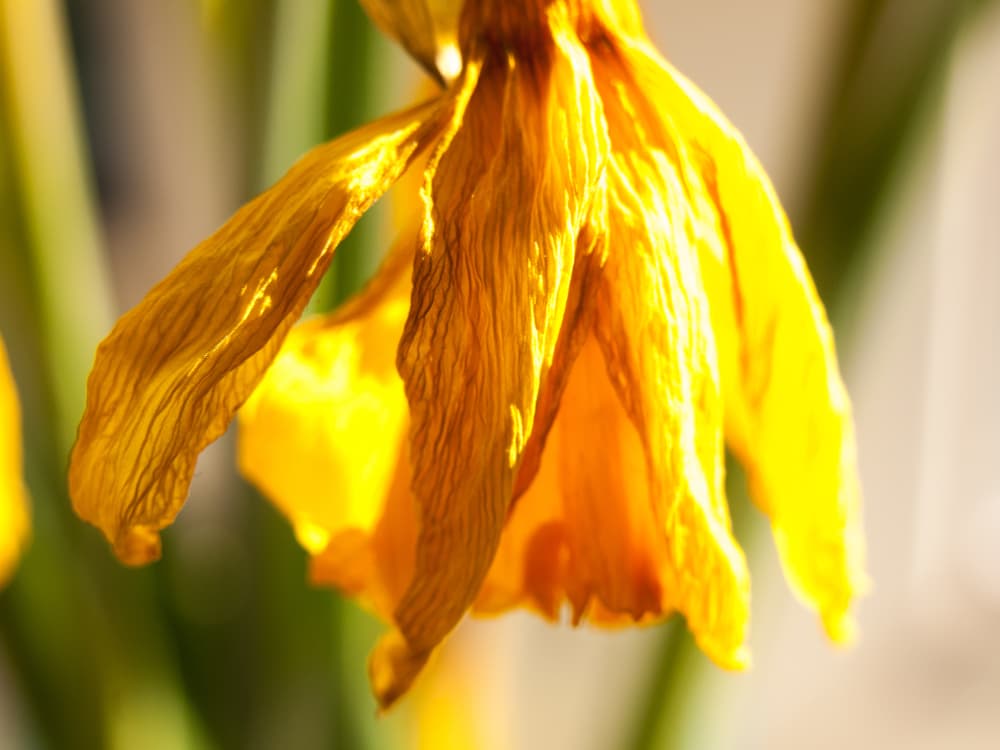Our hundreds of growing guides are each reviewed by RHS Master Horticulturists.
Our contributors include RHS Gold Medallists, estate gardeners, society members and more!
Botanically speaking, a bulb is a part of a plant that functions for nutrient storage during the period of dormancy.
Bulbs cycle through various stages of growth. First, during the vegetative stage, the bulb grows to maturity – reaching flowering size. When the plant reaches flowering size, it will enter the next phase – which is all about reproduction. The plant will flower, perpetuating the life cycle.
Environmental conditions are needed to precipitate the change from one stage of growth to the next. For some bulbs, a change in temperature is key – with spring bulbs, for example, the shift from chilly winter temperatures to spring warming triggers their progression.
In gardening, we will often divide bulbs (referring to those cultivated for their flowers) according to the time of year when they are in flower:
There are bulbs for naturalising in lawns and elsewhere in the garden, and bulbs to grow in containers.
Agapanthus / Allium / Bearded Iris / Camassia / Cardiocrinum / Chionodoxa / Crocosmia / Cyclamen / Daffodils / Dierama / Eucomis / Fritillaries / Garlic / Gladiolus / Hyacinth / Ixia / Lilies / Muscari / Oxalis / Saxifraga / Snowdrops / Tulips

There are a wide range of different bulbs, and the conditions that they prefer can differ widely. For example, daffodils and tulips both prefer a sunnier and more free-draining setting.
Some plants like crocus and bluebells will flourish in dry shade. Some bulbs, of course, are tender and best grown in containers, while some have to be lifted for storage over the winter months, and may rot if left in place.
Certain bulbs can look best when planted in naturalistic drifts in lawns or a bed or border. When it comes to options like daffodils and tulips, it is often the case that the more plants you have together, the better they will look and the more effective the scheme will be.
Whichever bulbs you are growing, and whether you are growing them in containers or in the ground, water is important.
All bulbs require adequate water while they are in growth, and for the foliage period of six weeks post-flowering. The soil or growing medium around the bulbs should feel moist, but not be wet to the touch.
Many bulbs, when sown naturalistically in the soil, will not require fertilisation; a good quality organic mulch should be sufficient to provide the nutrients they need.
However, many bulbs planted in containers may suffer from a lack of potassium during the flowering period – you should consider feeding bulbs in containers with a high-potassium organic liquid plant feed from early spring through to six weeks after flowering.
